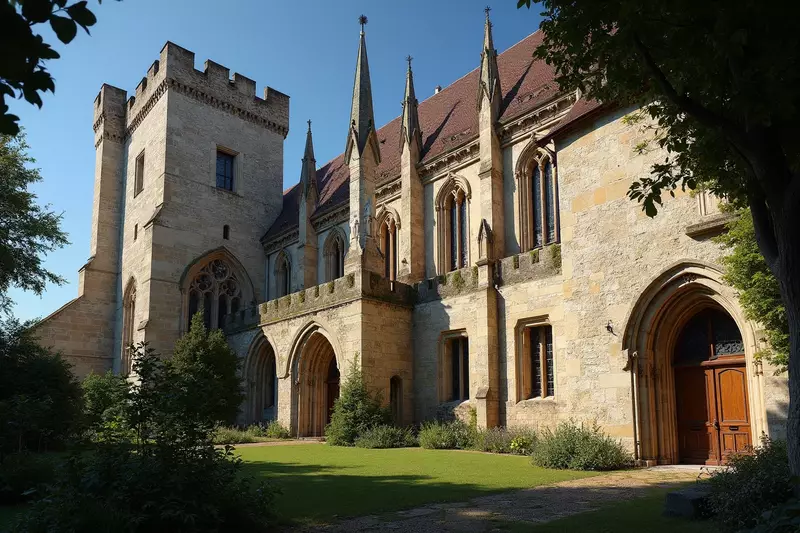


The Abbey of Hautecombe, built at the beginning of the 12th century under the impetus of Cistercian abbot Amédée de Clermont and with the support of the Counts of Savoy, represents a major historical and spiritual site. It has always been inhabited by a religious community, except for a brief period during the French Revolution.
Since 1174, it became the necropolis of the House of Savoie, hosting the remains of members of this noble family, a tradition that continued, albeit irregularly, until the 16th century before being interrupted. After the Revolution, the remains of the sovereigns were gathered in the Princes' Chapel.
The abbey experienced an age of gold over four centuries, embodying spiritual and material radiance under the direction of several influential abbots, some of whom became bishops and even pope, like Celestine IV in 1241. However, from the 15th century, with the commendatory reform, the abbey was entrusted to non-resident commendatory abbots, leading to a marked decline characterized by a decrease in monastic vocations and the deterioration of buildings.
The French Revolution exacerbated this situation, with the annexation of Savoy to France, the forced departure of the monks, and the plundering of the abbey. Transformed into a porcelain factory, the abbey fell into ruins but sparked interest in the Romantic movement, notably through Lamartine's work.
In the 19th century, under the impetus of King Charles-Félix of Sardinia, the abbey was restored in a flamboyant Gothic style by architect Ernesto Melano, who gave the building its original appearance from the early 16th century. Hautecombe thus regained its royal necropolis function.
Since then, the abbey has been entrusted to various religious communities, including the Community of the New Way since 1992, which continues a life of prayer and hospitality in an ecumenical spirit.
The architecture of the abbey, particularly its Gothic style and the richness of its sculpted and pictorial decor, contrasts with the original Cistercian sobriety. The stucco technique, frescoes, paintings, and statues bear witness to the artistic and cultural importance of the edifice.
The Batelière Barn, a 12th-century building that has survived, illustrates the history of the first Cistercian monks, used for storage and now for cultural exhibitions.
Thus, the Abbey of Hautecombe embodies through the centuries a place of spirituality, history, and art, testifying to the evolution of religious communities, architecture, and noble funerary practices.
Have you visited this activity? Share your experience!
edit Be the first to leave a review